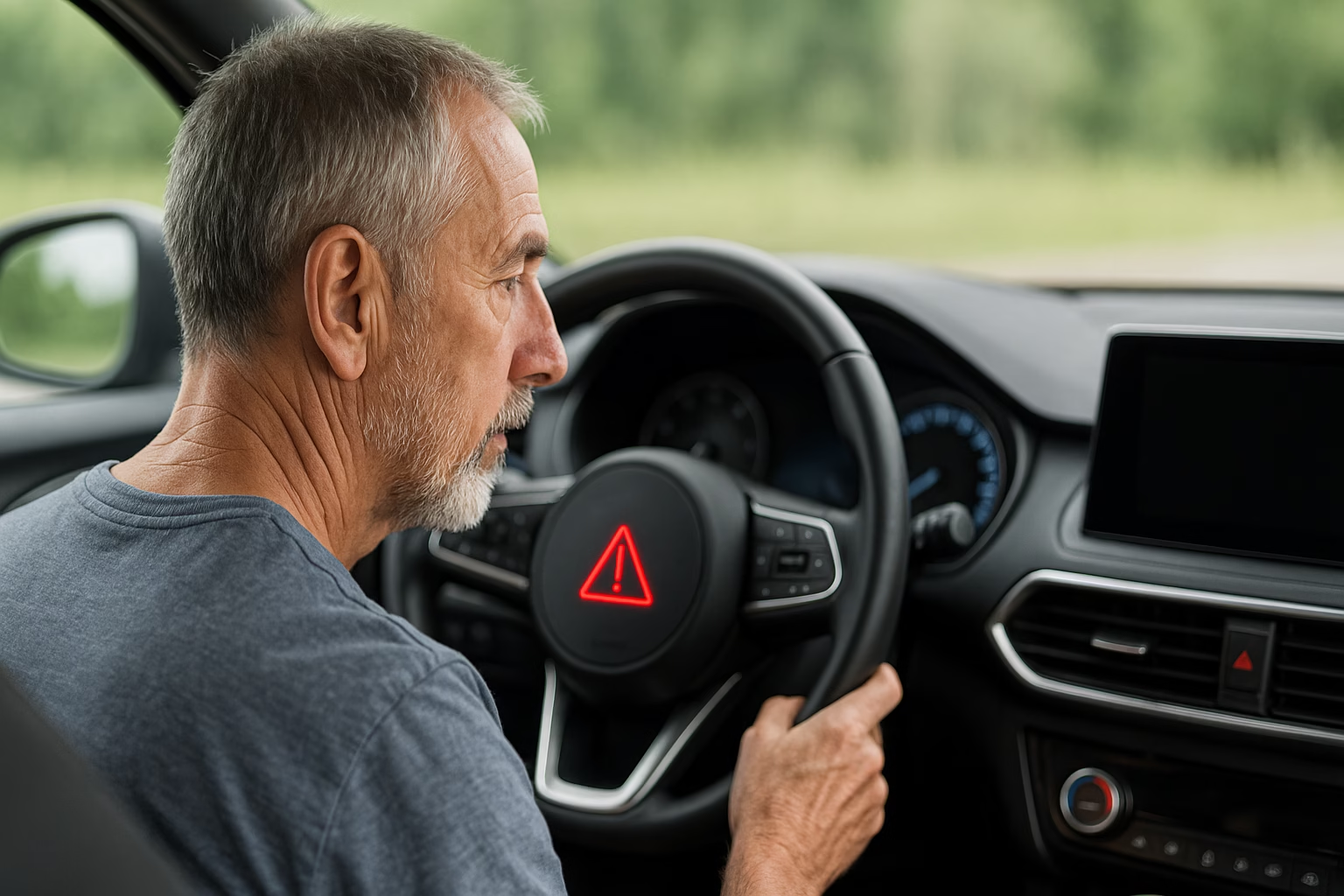As vehicles equipped with advanced driver assistance systems (ADAS) rack up kilometres and years on the road, their sensors are exposed to heat cycles, vibration, dirt and the occasional minor bump. These components, from cameras mounted behind the windscreen to radar modules in the bumper, must stay precisely aligned to deliver accurate inputs.
However, sensors do not remain perfectly calibrated forever. Over time, subtle misalignment known as sensor drift can occur, and ageing components may begin to degrade. If left unchecked, this drift reduces the accuracy of features like lane‑keeping assist, adaptive cruise control and automatic emergency braking. In worst‑case scenarios, miscalibrated sensors cause safety features to fail or intervene when there is no hazard . For workshops, understanding how to manage sensor drift is critical to maintaining driver safety and avoiding liability.
Why sensors drift and age
ADAS sensors are mounted to vehicle structures using brackets, adhesives or clips. With repeated temperature swings and vibration, these mounts can relax or shift. Road debris, heavy vibration from potholes and general wear can gradually move a camera or radar module by a few millimetres. When repairing body panels, suspension or windscreens, sensors may be removed and reinstalled; even minor misalignment during reassembly can knock them out of specification .
Environmental factors also contribute to ageing. Dirt, snow and road salt accumulate on sensor covers, diffusing radar beams and obscuring cameras. Moisture intrusion or UV exposure can degrade housing seals. Over time, internal electronics may drift slightly from factory calibration. All of these factors combine to shift the sensor’s aim away from the centreline of the vehicle, reducing its ability to detect objects and lane markings.
Recognising the signs of drift
Drivers and technicians can watch for clues that ADAS sensors are drifting. Warning lights on the instrument cluster are the most obvious signal. Some systems will display messages like “front radar unavailable” when the module detects a misalignment. Other signs include repeated false alarms – for example, forward collision warning activating when there is no traffic ahead – or the system shutting itself off. If adaptive cruise control no longer maintains proper following distance or lane‑keeping assist “hunts” along the lane, the sensors may be misaligned.
From a workshop perspective, sensor drift may be detected during routine diagnostic scans. Diagnostic trouble codes (DTCs) for radar misalignment or camera calibration often accompany minor bumper damage or after suspension work. Wheel alignment is a critical check because misaligned wheels point radar beams off course, magnifying small errors at long distances . If an alignment check reveals the steering angle sensor is off centre, ADAS calibration should follow.
Mitigating drift through regular calibration
Manufacturers specify calibration procedures after any work that could disturb sensors: replacing windscreens, bumpers or grilles, wheel alignment, suspension repair, tyre size changes or body panel painting. In fact, about one in five vehicles may require calibration for reasons beyond collision damage . Workshops should treat calibration as a standard part of these services. Following each repair, technicians should perform a pre‑scan, note existing DTCs and steering angle values, and decide whether static or dynamic calibration applies.
Static calibration uses specialised targets, radar reflectors and laser alignment tools in a controlled workshop to realign cameras and radar modules . Dynamic calibration, on the other hand, occurs on the road using a scan tool and requires driving at specific speeds on clearly marked roads . Both methods return sensors to their correct aim and should be performed by trained technicians. After calibration, a post‑scan verifies that DTCs are cleared and systems are operating within specification.
Maintaining aging systems
For older vehicles, calibration is only one part of sensor care. Regular cleaning of camera lenses and radar covers prevents dirt from causing false readings. Technicians should inspect sensor housings for cracks, moisture could affect performa.nce. Software updates from the manufacturer may improve system accuracy or add support for new calibration routines; these updates should be applied during service. If a sensor shows signs of hardware failure or if calibration cannot bring it back into specification, replacement may be necessary. Documenting all measurements, alignment values and calibration results provides a record for insurers and protects workshops from liability claims.
Conclusion
Sensor drift and ageing are inevitable as ADAS‑equipped vehicles get older. Misaligned cameras or radar modules can cause safety features to stop working or intervene unnecessarily, exposing drivers and workshops to risk . By understanding the causes of drift, recognising the warning signs and incorporating regular calibration into routine maintenance, technicians can maintain the accuracy of these systems. Proper alignment checks , careful reinstallation after repairs and thorough documentation will help ensure that aging ADAS continues to support drivers as intended.

Hiran Alwis is an automotive lecturer and ADAS specialist with over 15 years of experience in diagnostics, advanced safety systems, and technical training. He founded ADAS Project to help everyday drivers and workshop technicians understand and safely use advanced driver assistance systems.
